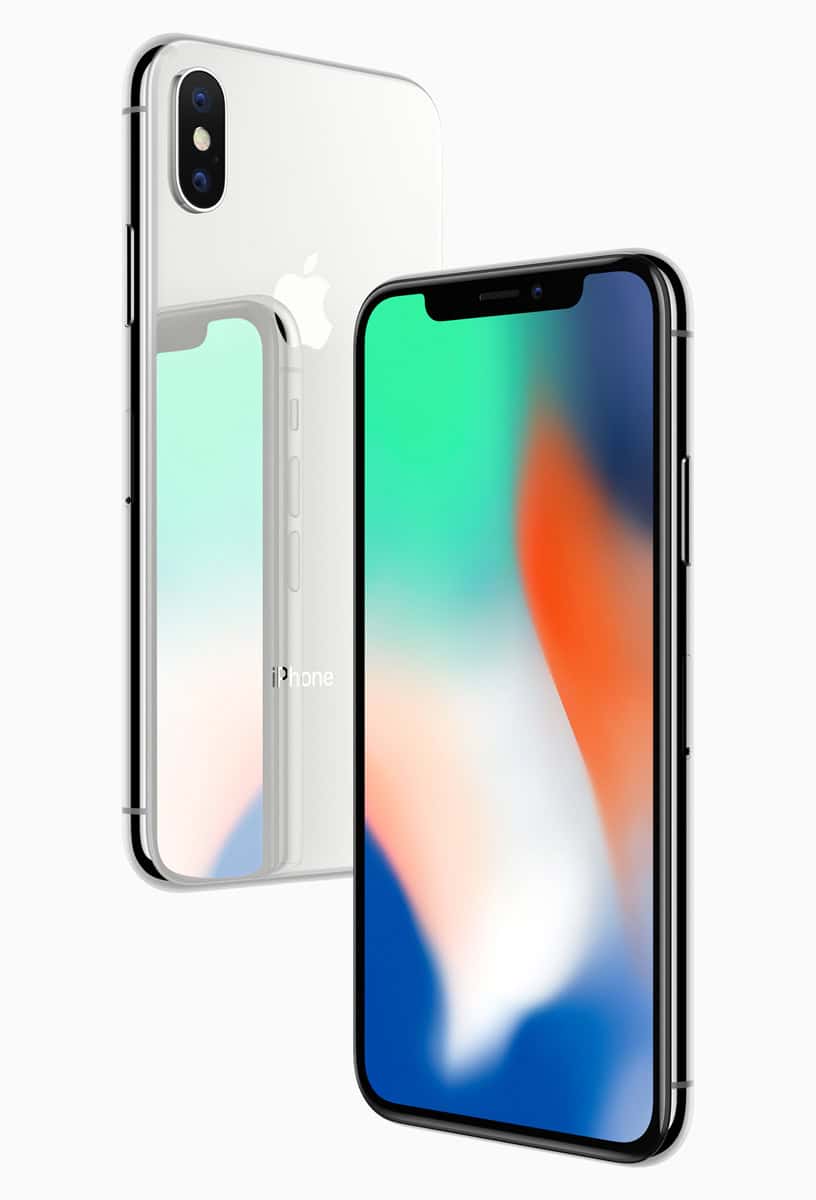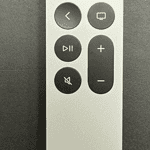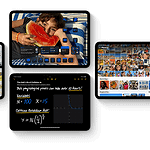The iPhone X marked a significant milestone for Apple, a company known for innovation in technology. Released in 2017, it was unveiled to commemorate the tenth anniversary of the original iPhone. The iPhone X brought a fresh design approach and a host of new features that set it apart from its predecessors.
With the iPhone X, Apple introduced a design that did away with the traditional home button, offering a larger display area. Its 5.8-inch OLED screen provided users with vibrant colors and deep blacks, while the glass body supported wireless charging—a first for iPhones. The device also featured the A11 Bionic chip, which significantly boosted its performance and capabilities.
Apple equipped the iPhone X with advanced cameras, including a 12-megapixel dual-camera system on the back. This camera setup brought improvements to photo and video quality, even in low-light conditions. With the addition of facial recognition technology, the iPhone X moved towards a more secure and convenient user authentication system.
The iPhone X: A Turning Point in Smartphone Design
Release Date
The iPhone X was officially unveiled on September 12, 2017, during Apple’s keynote event. Pre-orders began on October 27, 2017, and the phone was released to the public on November 3, 2017. It marked the 10th anniversary of the original iPhone, signifying a new era for Apple’s flagship device.
Impact on Smartphone Design
The iPhone X introduced several groundbreaking features that have since become standard in the smartphone industry.
Bezel-less Display
The iPhone X’s edge-to-edge Super Retina HD display was a significant departure from previous iPhone designs. It eliminated the physical home button and maximized screen real estate, making it a trendsetter for bezel-less displays in smartphones.
Face ID
Apple replaced Touch ID with Face ID, a facial recognition system that uses the device’s TrueDepth camera to securely unlock the phone and authenticate payments. Face ID became a widely adopted biometric authentication method in the industry.
Notch Design
The iPhone X’s notch, housing the TrueDepth camera system, was initially controversial but quickly became a design element embraced by other smartphone manufacturers. It allowed for a larger screen-to-body ratio while accommodating necessary sensors.
Wireless Charging
The iPhone X introduced wireless charging to the iPhone lineup, making it more convenient for users to charge their devices without cables. This feature quickly became a standard in high-end smartphones.
Animoji and Memoji
The TrueDepth camera also enabled Animoji and Memoji, animated emoji characters that mimic the user’s facial expressions. This feature sparked a trend in personalized and expressive messaging.
Improved Camera System
The iPhone X featured a dual-lens rear camera system with improved low-light performance and portrait mode capabilities. This set a new standard for smartphone photography, pushing the boundaries of mobile imaging.
Legacy
The iPhone X’s impact extends beyond its initial release. It paved the way for subsequent iPhone models, like the iPhone XS, XS Max, and XR, and inspired many other smartphone manufacturers to adopt similar design elements and features. Even today, the influence of the iPhone X can be seen in the design language of numerous smartphones.
Key Takeaways
- The iPhone X was an Apple milestone released in 2017.
- It featured a new design, with a 5.8-inch OLED screen and no home button.
- The device boasted the A11 Bionic chip and advanced 12MP dual cameras.
Design and Display
The iPhone X brought a significant leap in smartphone design with its advanced display technology. It introduced a Super Retina HD display, which uses OLED technology for deeper blacks and a high contrast ratio.
Innovative OLED Technology
The iPhone X features an OLED screen known for its high contrast and true blacks. OLED, or organic light-emitting diode, allows for precise control of each pixel, leading to sharper images and vibrant colors. The display measures 2436 x 1125 pixels, resulting in clear and detailed visuals. It is built with durable glass and offers a sleek design that stretches to the edges of the phone.
True Tone and HDR Support
The device supports True Tone technology, which adjusts the screen’s brightness and color to match the ambient lighting. This creates a more comfortable viewing experience in various environments. In addition to True Tone, the iPhone X’s display supports HDR, providing a wide range of colors and greater detail in both bright and dark areas of an image. These technological advancements work together to ensure an immersive and natural visual experience on the go.
Performance and Features
The iPhone X brought significant advancements in smartphone technology with its performance and feature set. Equipped with a powerful processor and innovative systems for facial recognition and photography, it set new standards for efficiency and security.
Advanced A11 Bionic Processor
The A11 Bionic chip is at the heart of the iPhone X’s performance. It’s a 64-bit processor that handles tasks swiftly. The chip includes two performance cores that are 25% faster and four efficiency cores that are 70% faster than the previous A10 Fusion chip. This leap in performance ensures that the iPhone X can run complex apps and games with ease. Additionally, the A11 Bionic integrates an Apple-designed GPU that delivers up to 30% faster graphics performance. The neural engine on the A11 chip powers machine learning, allowing for smarter and more responsive experiences with features like Animoji.
Revolutionized Face ID and Camera Systems
Apple introduced Face ID with the iPhone X. This system allows users to unlock their phone simply by looking at it. Face ID is enabled by the TrueDepth camera system which has a sophisticated array of sensors. It projects and analyzes over 30,000 invisible dots to create a precise depth map of your face. The camera system is not just for security but also enhances the quality of photos. The 7-megapixel front camera with a f/2.2 aperture captures sharp and detailed selfies. On the back, the iPhone X features a dual 12-megapixel camera system with dual optical image stabilization. The rear cameras deliver high-quality photos and videos, even in low light conditions. The telephoto and wide-angle lenses support optical zoom and portrait lighting, adding a professional touch to your images. The A11 Bionic chip uses its neural engine to optimize photo and video capture in real-time, making the most of the iOS 11 operating system features.






